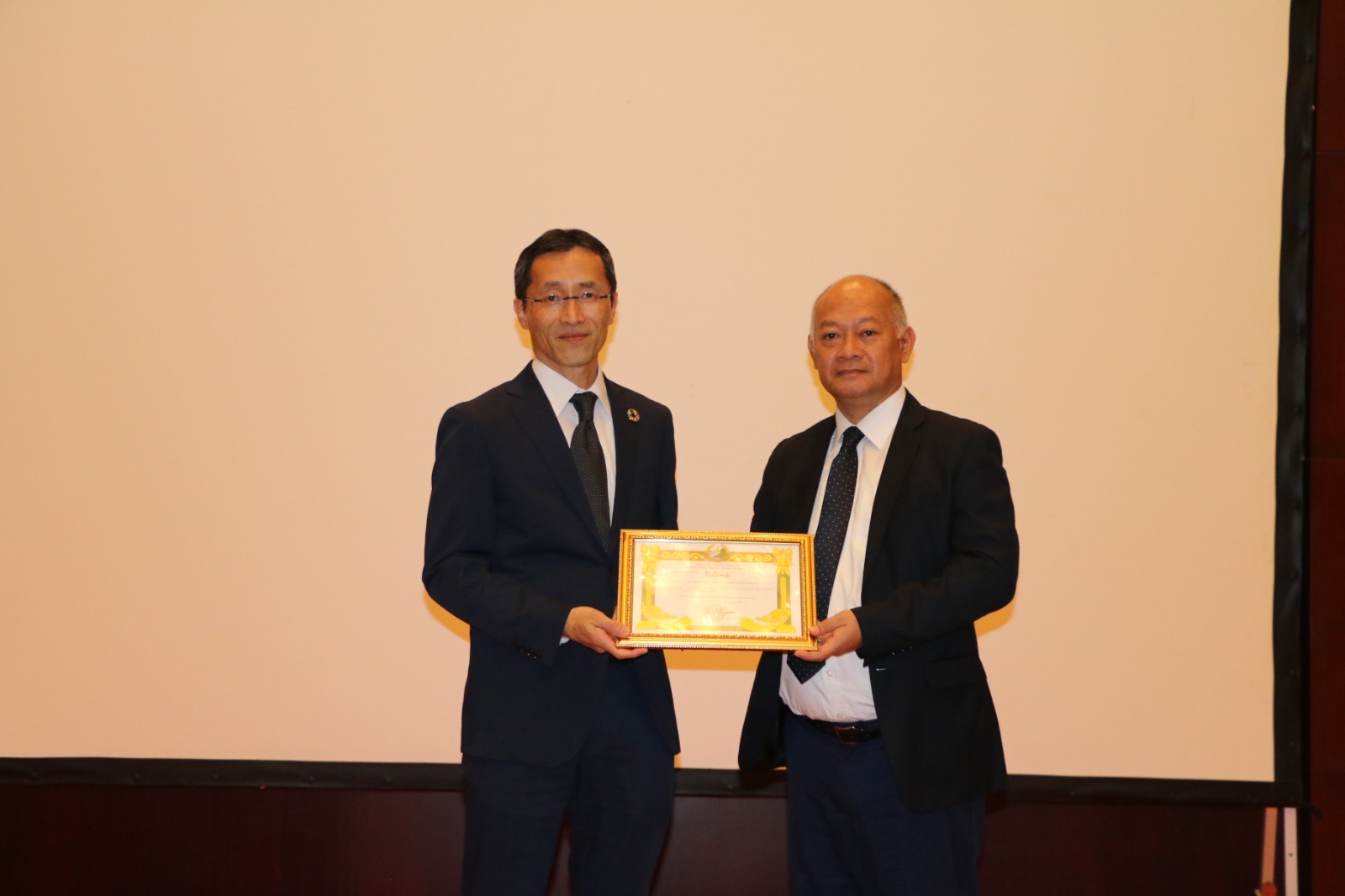-350x233.jpg)
Himalaya mountain on our way to the survey site
KDDI Foundation has been conducting a feasibility study of a glacial lake outburst flood warning system in Nepal since 2025, with the support of the Asia-Pacific Telecommunity (APT).
Due to the impacts of recent climate change, the glacier in Nepal Himalayan region is melting rapidly. Naturally formed glacial lakes may burst at any time and cause severe damage downstream which is known as the Glacial Lake Outburst Flood (GLOF).
This feasibility study aims to develop an early warning system utilizing IoT sensor networks, cameras, and edge computing technology for the mountain areas affected by GLOF. The project is being carried out in collaboration with the Ministry of Communication, Information, and Technology (MoCIT) of Nepal, the Nepalese NGO named ICT4D, and the National Institute of Information and Communications Technology (NICT) as the Japanese technical expert.
From May 10, a joint survey team consisting of NICT, KDDI Foundation, and Nepalese concerned conducted a site survey. The project site, Mapya Dudhkoshi Rural Municipality in Solukhumbu District, Koshi Province, is located 150 km east of Kathmandu and lies in a valley leading to Mount Everest. After traveling more than 10 hours by 4WD track from Kathmandu and crossing several steep mountains, we arrived at the site and saw the damage caused by the GLOF, which was beyond our imagination. The main bridge, which is essential for transporting daily necessities, was destroyed, and roads were completely washed away here and there by landslides.
-350x263.jpg)
The main bridge damaged by GLOF

The riverbank was almost completely eroded
We investigated the village along the river and identified suitable locations for sensor and camera installation. We also studied possible system configurations. Based on the survey results, we will discuss with local experts to design and construct the system and plan to implement a pilot system on-site by early 2026.

with local experts

![[Visit to Japan Report] Lao Telecommunications Regulatory Authority (LTRA) conducted a research and study in JAPAN](https://storage.googleapis.com/info-kddi-foundation/1/2023/10/Laos_2308_8.jpg)
![[Visit to Japan Report] Vietnam Post and Telecommunications Technology University (PTIT) research team visits Japan for technical study](https://storage.googleapis.com/info-kddi-foundation/1/2022/12/2022_PTIT_1-e1702364364484.jpg)
